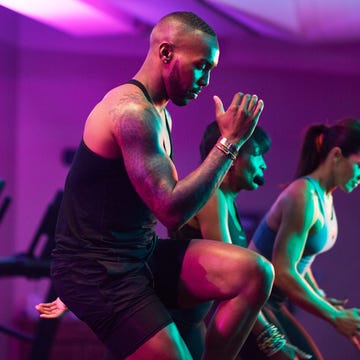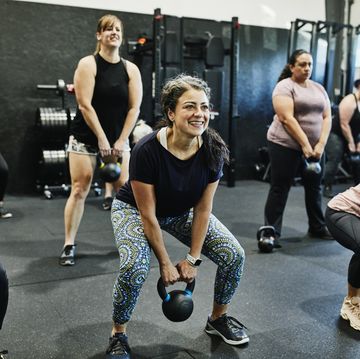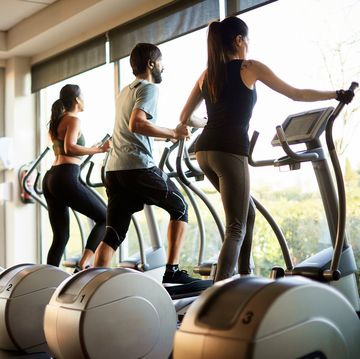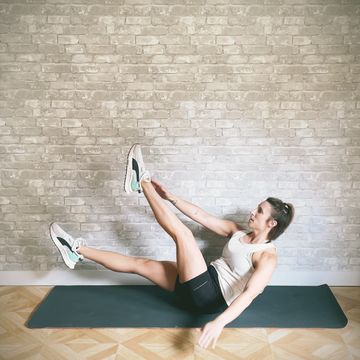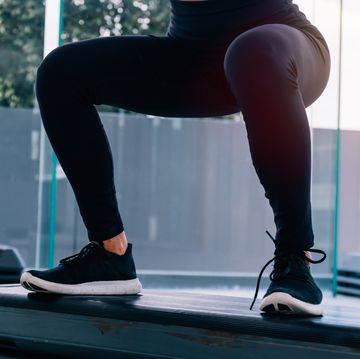If you’re a runner, chances are you’re pleased to be out of the weights room and exercising in the great outdoors.
Still, every runner needs to do strength training – it helps to boost performance and prevent injury. A 2022 review on the effectiveness of resistance exercises found that leg-strengthening exercises can help to improve running economy. A combination of strength training and plyometric drills – which are explosive exercises, like squat jumps or burpees – is recommended for runners.
While it demands more upper body strength than a back squat to maintain good torso position, the front squat is better at building quad strength – which is particularly useful for running uphill and downhill.
What everyone's reading
What are front squats?
The front squat is a compound exercise, typically performed with a barbell or kettlebell, used to improve the strength and performance of the lower body.
The barbell or kettlebell is rested across the front of the shoulders, making it a more quad-dominant squat then a back squat, where the weight is placed on the upper back.
Just like the back squat, though, the front squat engages the quads, hamstrings and glutes, but with less weight.
A study found that the front squat was as effective as the back squat in targeting muscles, but exerted a reduced compressive load on the spine and joints.
The study suggested that front squats may be better for individuals with knee problems, such as meniscus tears, as well as for long-term joint health.
What are the benefits of front squats?
Front squats assist in improving your posture and stability by engaging your core more than back squats, since the weight rests in front of your body.
They also help to increase flexibility and potentially prevent injury by demanding greater hip mobility than back squats.
Overall, front squats activate a wider range of muscles than back squats, leading to improved muscle development and athletic condition.
How do you perform a front squat?
- Rest the bar across the front of your shoulders. Place your fingertips under the barbell just outside of your shoulders and drive your elbows up.
- Stand with your feet shoulder-width apart and your toes turned slightly out. Slowly hinge at the hips and knees to lower your body slowly, without breaking form. Keep your core tight and your chest up.
- Push through your heels to return to the initial position.




